
Place-driven Practice
Running for just two weeks across various locations in greater Walyalup, the Fremantle Biennale: Sanctuary, seeks to invite artists and audiences to engage with the built, natural and historic environment of the region.

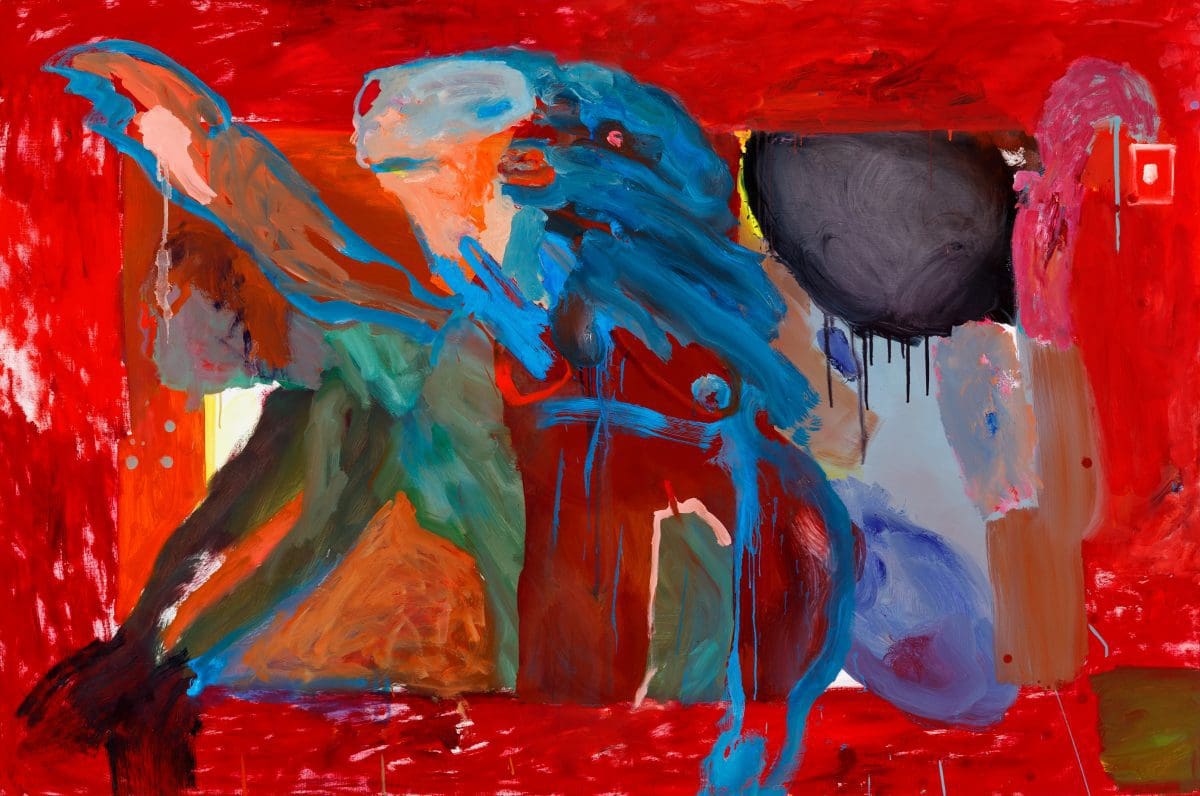
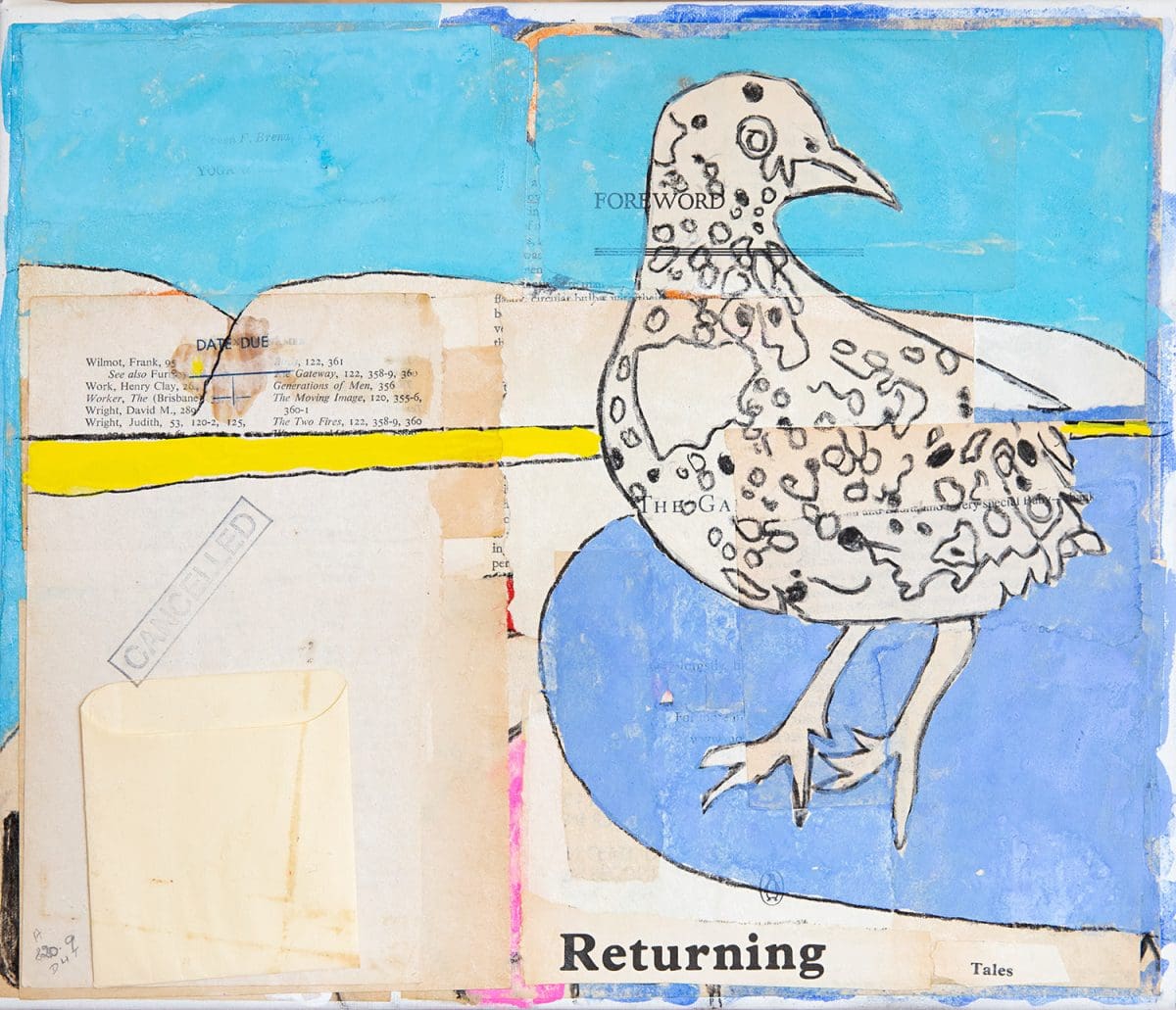

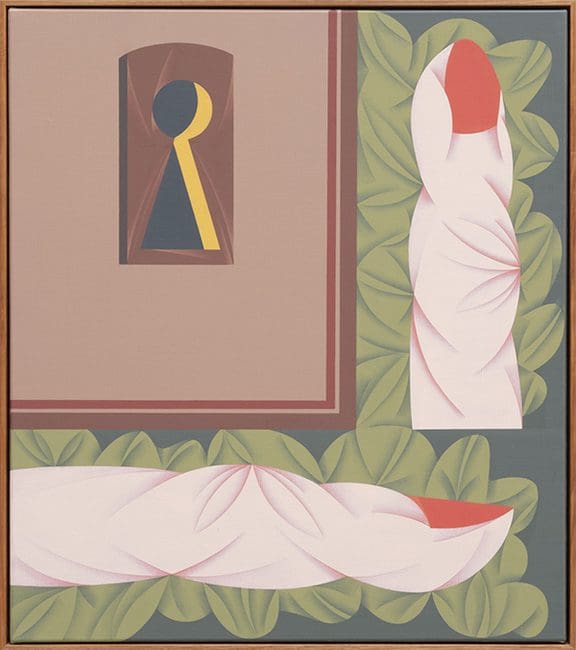
How have Australia’s commercial galleries—one of the core backbone’s of Australia’s visual arts—really been faring through the last two years, and how are they feeling about the future?
The ongoing impact of the pandemic on the arts has been long-felt in the commercial gallery sector, particularly those struck by long lockdowns in Sydney and Melbourne—yet despite the difficulties of restrictions and the felt lack of community, there have been many moments of flourishing. And the galleries Art Guide spoke with are feeling optimistic.
There is one important positive that many commercial galleries agree upon: sales have been good. This has been a particular tonic for galleries in Melbourne and Sydney, and gallerists have seen an increasing willingness and comfort on behalf of clients to purchase works online—even without seeing them.
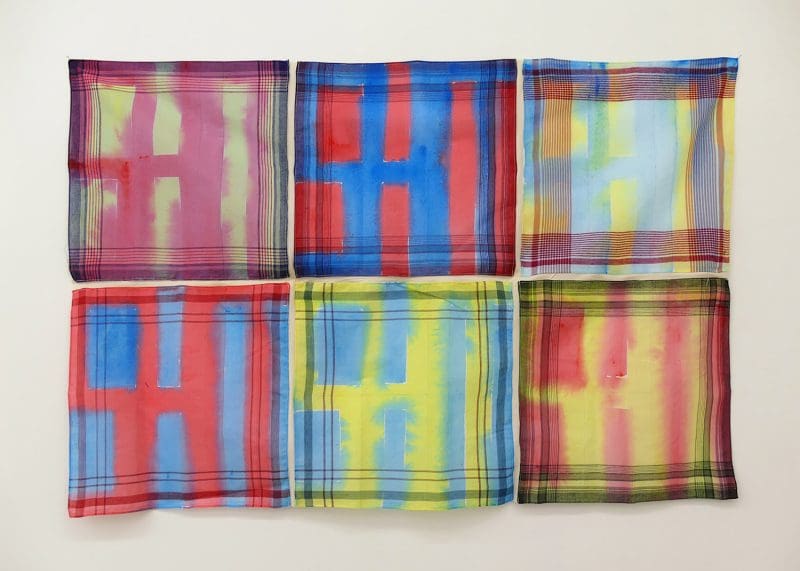
As Melbourne director and gallerist Daine Singer has noticed, travel restrictions, although a setback for some artists, has actually helped the commercial industry: people are buying art instead of going on a European holiday. “It shows how much money is normally spent on things like travel, beauty and eating out,” says Sullivan+Strumpf director Ursula Sullivan, who agrees the restrictions have been a buoy for sales. “People are now spending that money elsewhere, and are spending locally.”
Shifting to online viewings and exhibitions has been key. “Sales outside of exhibitions have always been an important part of The Commercial’s model,” says Sydney director Amanda Rowell, “and this hasn’t changed because of Covid, but key to this is the fact that the gallery’s website was already built to enable this.”
Irene Sutton, director of Sutton Gallery in Melbourne, equally credits the online sphere as being pivotal to the survival of commercial galleries, and sees online as a long-term transition, rather than a pivot.
Yet despite successful sales, the approach to online exhibitions is mixed, with some galleries embracing online shows as a way to continue their exhibition program and commitment to artists, while others have placed their entire program on hold until things reopen.
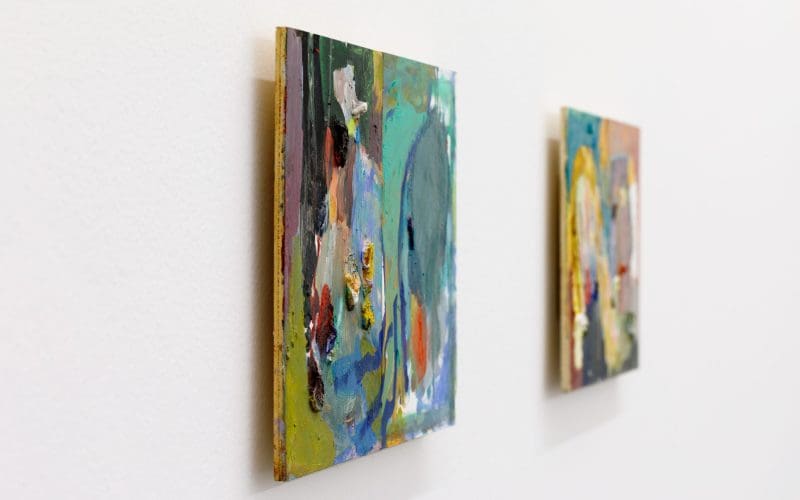
For Sydney’s Sullivan+Strumpf, the shift to digital has enabled them to increase the number of exhibitions they deliver, showing their scheduled program, additional online-only exhibitions, and new focuses on individual artists. Yet for Rowell, the changes brought about by the pandemic have also vindicated her decision to condense the opening hours of the gallery, through the benefits of online presence: “Whatever the gallery convention is, it wasn’t how I wanted to work,” she says.
Looking after the welfare of the artists they represent has been a top priority, and acknowledging that the experience has been very different for everyone is important. The gulf we have witnessed in Australia’s growing socio-economic divide throughout the pandemic also affects artists, with some thriving, and many others struggling.
“I’ve actually been very dismayed at how unequal the support that my artists have received is,” says Singer. “Artists that were already doing pretty well financially have received the most support; the ones that are GST-registered with commercial leases got the same support as all other businesses … And then those artists that aren’t GST-registered have just fallen through the system. It’s also been a very different pandemic depending on if you have kids at home or not and if you have a job, if you’ve held your job, or if you’ve had to work throughout it.”
The stalled momentum of careers has been challenging, along with the heartbreak of cancelled museum shows, or of having made and installed exhibitions only to have them close. The practicalities of making have also been difficult—framing has been a nightmare to get done, kilns are closed, and it has been hard to get art materials. Many artists, of course, have been unable to access their studio spaces. Yet despite this, artists have also continued to deliver major international commissions and projects overseas, adapting to working remotely because they must—and achieving tremendous results.
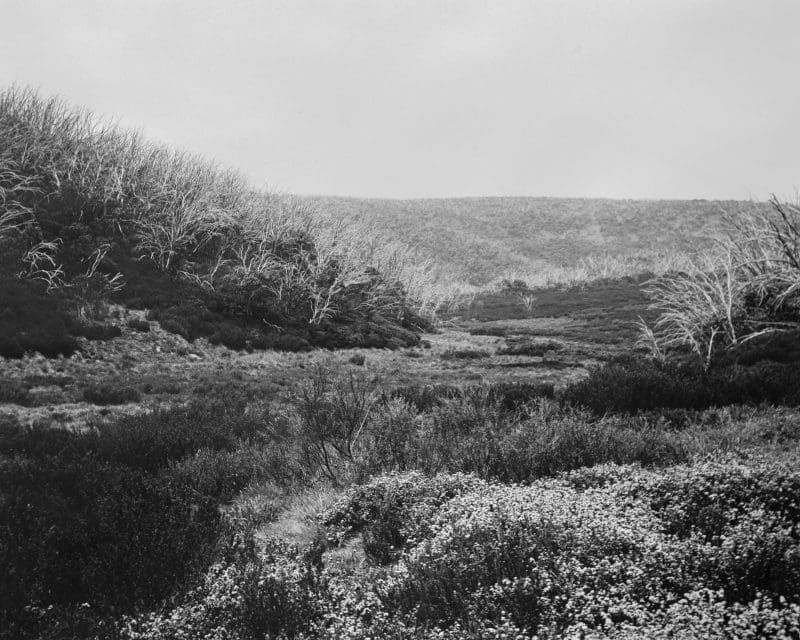
Yet there are signs of future hope; restrictions will soon ease, galleries will reopen, and digital sales will likely still remain central. While the physical version of Sydney Contemporary has been pushed to 2022, the art fair will be going ahead with an online iteration from 11—21 November featuring more than 85 galleries, and many Sydney galleries will be hosting their own physical, satellite version of the fair. Meanwhile Melbourne Art Fair is preparing for its February 2022 fair, with tickets going on sale in early October.
This news is motivating, but it also clarifies what has been lost over the last two years.
The lack of community is felt by all—whether it’s the thwarted hope of being able to come together at Melbourne’s Spring1883, a year without any of our major art fairs taking place in real life, the inability to take a simple look into a gallery, or being unable to collectively mourn the loss of passing friends and colleagues.
For similar reasons, openings are also missed for their ability to bring together a critical mass of people who are all interested in the same thing. The brief windows of freedom experienced by Melbourne and Sydney have seen exhibition openings charged with the excitement and energy of people really wanting to be there.
“Openings are research in this industry,” says Sutton, “something new comes from it, something’s born from it. No one’s bitching about the politics of lockdown and vaccination, they just want the world to return to the way it was, while knowing that it never will be the same.”
Sydney Contemporary Online
11—21 November
Melbourne Art Fair
February 2022
Ticket and fair information here